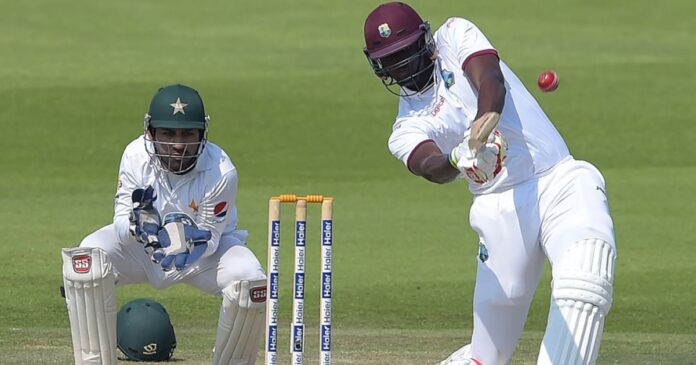The International Cricket Council (ICC) is currently toying with the idea of introducing a two-tier Test system for the next World Test Championship (WTC) cycle, starting in 2027.
While the plan is still in its early stages, the noise around it is already loud, and rightly so. And if you ask me, this proposal doesn’t just rattle tradition, it risks alienating half the cricketing world.
The Proposed System: What’s Changing?
According to early details, the ICC is planning to expand the WTC from nine to 12 teams, with a clear division: six in the top tier and six in the bottom.
The top tier will likely feature India, Australia, England, South Africa, New Zealand and Sri Lanka, the teams with the higher rankings.
In the second tier? Pakistan, Bangladesh and the West Indies could find themselves joined by lower-ranked Test nations like Afghanistan, Zimbabwe and Ireland.
This radical change isn’t final yet. An eight-member working group led by Sanjog Gupta, with executives from England and Australia onboard, has until the end of 2025 to finalise recommendations. For the overhaul to go through, it needs a two-thirds majority vote from the ICC’s 12 full members.
Why Pakistan’s Not Buying It?
Unsurprisingly, the Pakistan Cricket Board (PCB) is not a fan. “Cricket is not the property of just a few powerful nations,” a senior PCB official said while speaking to a local cricket news outlet. And it’s hard to disagree.
The official acknowledged that Pakistan might eventually qualify for Division One based on rankings. But, as he pointed out, what happens to teams like Bangladesh and the West Indies? Or the newer entrants still finding their feet?
“How will they improve by only playing each other?” he asked.
Fewer Matches, Fewer Chances
Let’s not forget: Test cricket already has a shrinking footprint. Afghanistan and Ireland earned Test status back in 2018. Since then, Afghanistan have played just 11 Tests, Ireland only 10. Zimbabwe, until recently, weren’t playing more than a couple of matches a year.
This year is an exception, with Zimbabwe set to play 11 Tests, but even that feels like a last-ditch push to stay relevant.
Now, imagine these teams playing only each other in a lower division, with little to no exposure to top-tier competition. That’s not development, that’s slow death.
The Football Argument Doesn’t Work Here
Supporters of the two-tier idea often point to football’s league structures, promotion, relegation, and competitive tiers. But here’s the thing: football has hundreds of clubs.
Cricket? Just 12 Test-playing nations. You don’t need to divide a small circle even further. It defeats the very idea of growth and inclusion.
In football, a second division still gets TV rights, fan bases and opportunities to shine. In cricket, a team pushed into Division Two might struggle to even get fixtures.
Let’s be real, who’s watching Afghanistan vs Ireland Tests on weekday mornings?
A Game for All
Test cricket is sacred. It’s the format that demands skill, patience and character. But for it to thrive, it can’t become a closed club for the elite.
If the ICC truly wants to grow the game, it should do the opposite of what it’s planning. Give more opportunities to emerging teams. Let Bangladesh face Australia more often. Let Zimbabwe host England. Let Afghanistan play a five-match series.
Yes, the gaps in quality are real. But you don’t bridge them by building a wall, you close them by building a bridge.
If cricket’s global body really wants to grow the game, it should stop cutting off those still trying to climb. A two-tier Test system may look neat on paper, but in reality, it could be the beginning of the end for many aspiring nations.
Stay tuned to Brandsynario for the latest news and updates.









































